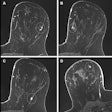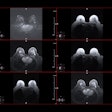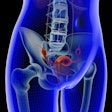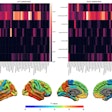Can use of low-field MRI improve Alzheimer's research access among underserved healthcare populations? It appears so, researchers have found.
Why? Because the technology could be more geographically accessible, according to a team led by Mikkael Lamoca of the Rochester Institute of Technology in New York. The group's findings were published October 13 in Alzheimer's & Dementia.
"Many minority populations are located beyond the typical travel distance from Alzheimer's disease research centers," Lamoca and colleagues noted. "Low-field magnetic resonance imaging may address comfort, cost, accessibility, and geographical barriers … [and] may lead to an increase in research participation."
The lack of racial and ethnic minority representation in Alzheimer's disease and related dementias (ADRD) research studies leads to inaccurate trial results and health outcomes disparities, the investigators explained, writing that "expanding ADRD research access for Asian and minority groups needs broader outreach." They conducted a study that explored barriers to ADRD research participation among racial and ethnic minority participants, evaluating the potential of low-field MRI to address these barriers.
The group used Geographic Information Systems (GIS) mapping to assess demographic differences across geographic distances from Alzheimer's disease research centers in the U.S. and tracked the number of visits in racial and ethnic minority populations using data from the National Alzheimer's Coordinating Center (NACC). The team also conducted surveys and interviews with researchers from and participants in the University of California, San Francisco Memory and Aging Center.
The authors found that, overall, racial and ethnic minority individuals were further from research centers compared with their white counterparts, noting that this was particularly true for Hispanics and Asians.
Accessibility to Alzheimer's disease research centers (ADRCs) according to race/ethnicity and socioeconomic factors | |||||||
Miles from closest ADRC | White | Black | Hispanic | Asian | 55 or older | Difficulty living independently | In poverty |
| 12.5 | 9.7% | 7.1% | 1.7% | 3.3% | 12.6% | 13.1% | 9.6% |
| 25 | 16.2% | 11.8% | 2.9% | 5.5% | 21% | 21.9% | 16.1% |
| 50 | 22.6% | 16.5% | 4.1% | 7.7% | 29.4% | 30.5% | 22.6% |
| 100 | 31.9% | 23.4% | 5.8% | 11% | 41.6% | 43.2% | 31.9% |
| 250 | 49% | 35.8% | 8.9% | 16.8% | 63.8% | 66.2% | 48.9% |
They also reported the following barriers, gleaned from study participant surveys: navigating patients through the center, scheduling, patient fear/stigma regarding Alzheimer's disease, cost, trust of healthcare providers, and whether a patient lives in an urban or rural area. Survey respondents listed the following benefits of low-field MRI for addressing these concerns: portability, reduced noise, increased comfort, and lower cost.
More research is needed, according to Lamoca's group.
"Future work can examine additional factors contributing to participation … such as general health conditions, mental health, willingness to participate, transportation, conflicting obligations, discrimination, stigma and beliefs, trust, perceived ADRD risk, literacy, and others," the team concluded. "Overall, if the use of low-field MRI in ADRD research is sufficient for neuroimaging, this technology could increase the participation of racial and ethnic minority populations with adequate training and support for the required infrastructure."
The complete study can be found here.



.fFmgij6Hin.png?auto=compress%2Cformat&fit=crop&h=100&q=70&w=100)



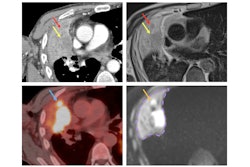
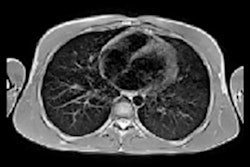
.fFmgij6Hin.png?auto=compress%2Cformat&fit=crop&h=167&q=70&w=250)

